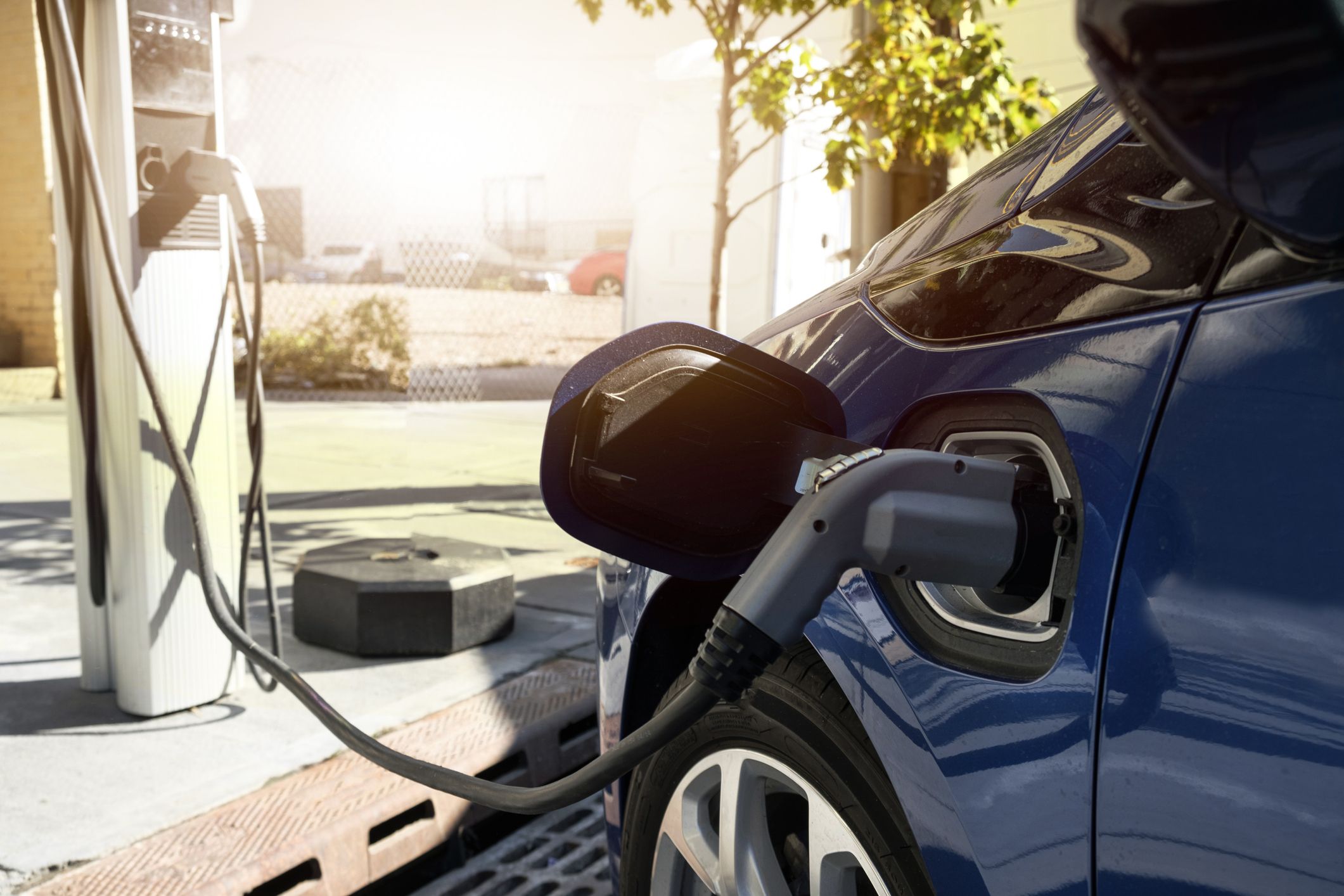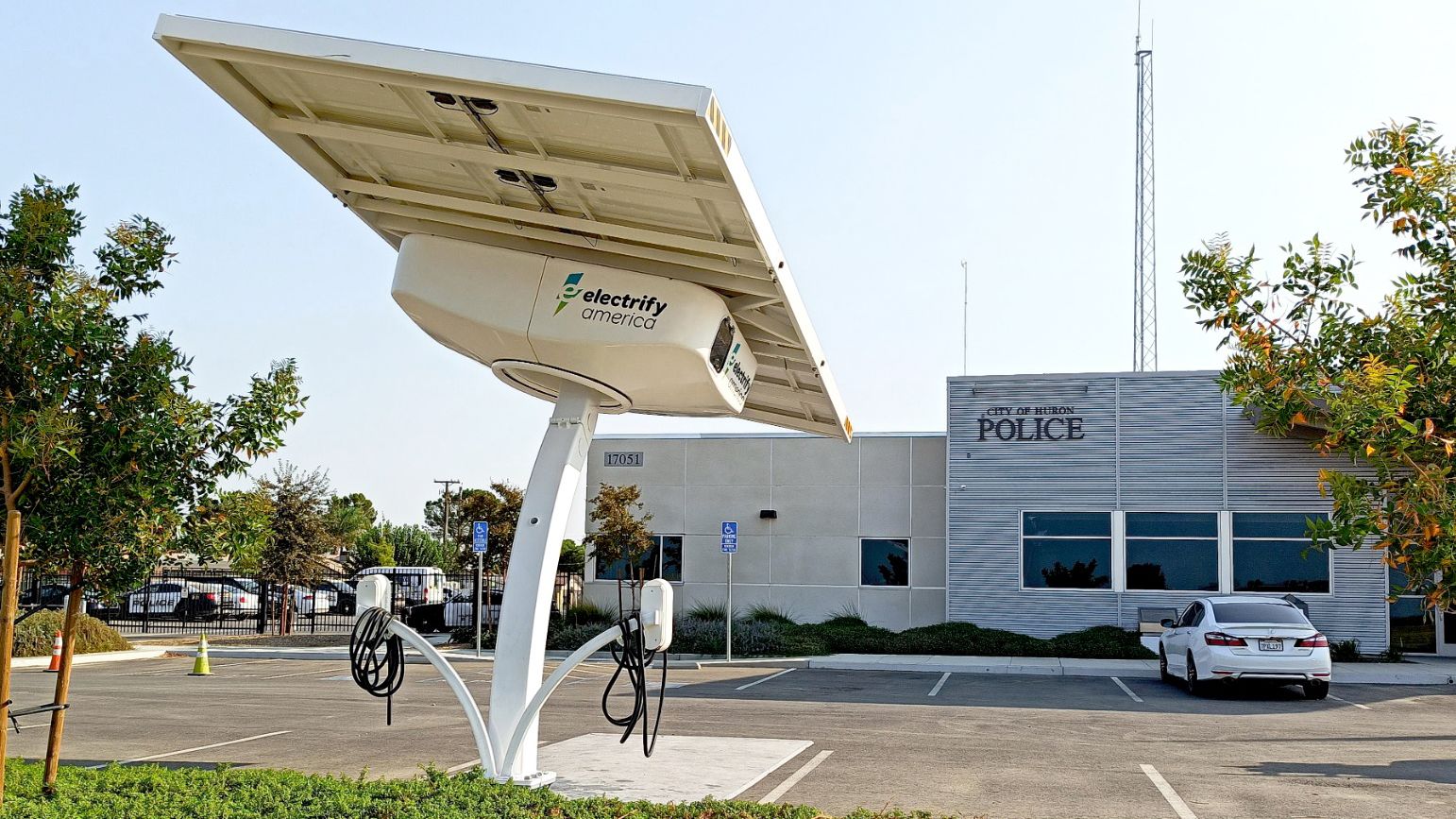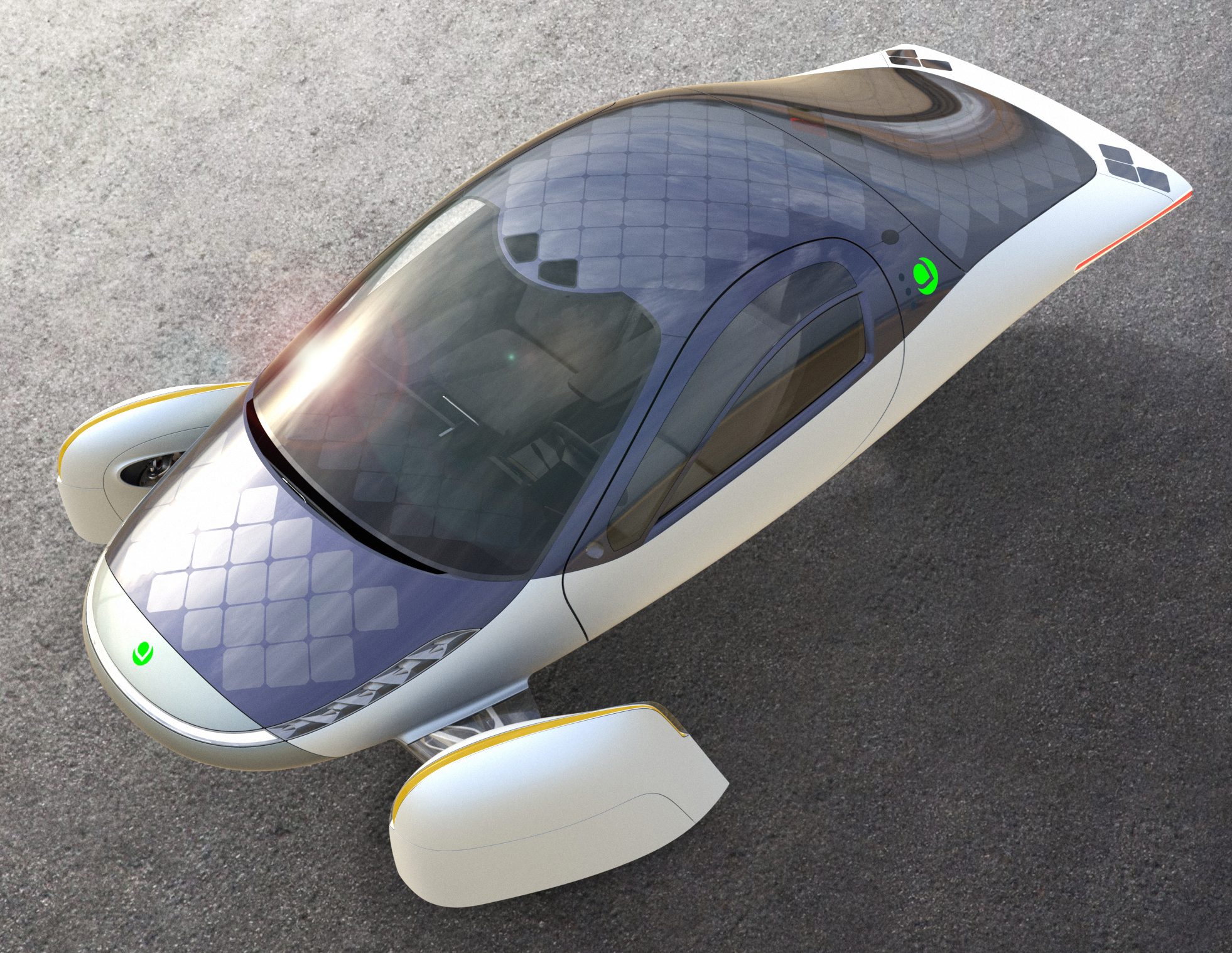A paradigm shift is underway in the automotive world. As electric cars surge in popularity, the conversation careens towards how to power these futuristic chariots. Thankfully, the flaming orb in the sky has some answers. Delve with us into the bright world of solar power, as we investigate its potential in keeping our electric cars from ever threatening to drain the grid, offering a prospect of revolutionary clean and sustainable transportation. Strap in and put those solar-powered shades on! This is a journey you’re going to want to be fully charged for.
Understanding Solar Energy

Harnessing the power of the sun, solar energy exists as a clean, renewable, and abundantly available source of power that’s plentiful even in most cloudy environments. Science has continuously evolved its understanding and utilization of solar energy, transforming it from a mere concept to practical electricity generation on an industrial scale.
Solar panels harness this energy through the photovoltaic effect. These panels, comprised of solar cells, are made up of layers of semiconductors, usually silicon. When sunlight, composed of tiny particles called photons, hits the solar cell, it excites the negatively charged particles in the semiconductor, causing them to move. This movement of charged particles generates an electric current that can be captured and utilized.
Yet solar energy isn’t a guaranteed constant. Factors like day-night cycles, seasonal changes, and the possibility of inclement weather can impact the quantity and quality of sunlight reaching the panels. Hence, energy storage becomes critical. This is where batteries come in, storing power when sunlight is plentiful and supplying it when solar energy is insufficient, such as at night or on heavily overcast days.
In terms of energy conversion, solar panels are not 100% efficient; a substantial portion of solar radiation is reflected, absorbed as heat, or just doesn’t hit the panel at the correct wavelength. However, it’s worth noting that technology to increase this efficiency is fast evolving.
Solar energy aligns with goals of environmental sustainability as it emits no greenhouse gases during operation, making it an attractive option in the face of severe climate change threats. In this light, it’s foreseeable to link solar energy with electric car charging as a match made in green ‘technoheaven’, beautifully intersecting the crossroads of environmental conservation and technological innovation.
How Electric Cars Work

Sure, we all know electric cars run on, well, electricity, but the technicalities behind how these sleek machines work can be a puzzle. Essentially, you’re looking at your conventional vehicle with a science-y, eco-friendly twist. Instead of the traditional internal combustion engine, electric cars rely on what I like to call a high-tech cocktail: electric motors, lithium-ion batteries, and inverters.
At the heart of every electric vehicle (let’s keep it casual and call them EVs, shall we?) is the electric motor. Unlike its gasoline-thirsty cousin, the electric motor thrives on, and only on, electricity. It’s a lean, mean machine that converts electric energy into mechanical energy. This happens through the wonder of electromagnetism – when electric current meets magnetic fields, voila! The magic of motion happens.
Now, the battery pack is like the stomach of an EV – it’s where the energy is stored. These aren’t like the AA ones you pop into your remote control though; we’re talking about lithium-ion batteries here. They’re rechargeable powerhouses, providing the humongous amounts of voltage needed to get your EV cruising down the highway.
Between these two star components is the unsung hero – the inverter. It’s like the maestro, orchestrating the symphony of power flow. Here’s the thing: batteries store direct current (or DC), but electric motors run on alternating current (or AC). So the inverter is your go-between, shifting DC into AC.
But how do you keep this futuristic gig going? Simple – you charge it. Think about your smartphone. After a day of calls, texts, and countless cat videos, you plug it in before hitting the sack. It’s much the same for electric cars, except they pull their juice from dedicated charging stations instead of your bedroom’s wall socket.
And this, my friends, brings us to the essence of our topic – how solar energy can feed these marvelous machines. But it is a tale for the next section to tell. Stay tuned for the fascinating world where the power of the sun meets the drive of the future.
The Intersection of Solar Energy and Electric Cars

Harnessing the power of the Sun has been an age-old goal for humanity and now, it’s being employed in full force to fuel one of our most crucial technologies — the automobile. Solar energy and electric cars are on their own distinct evolutionary paths, but their lines are crossing with increasing frequency.
First off, let’s do away with a common misconception. This isn’t about solar panels mounted directly on vehicles. While cars like Lightyear One or Sono Motors’ Sion aim to trickle feed their batteries with integrated solar modules, these are exceptions, not the rule. Instead, solar power’s most significant contribution to electric vehicles (EVs) comes in the form of home or commercial charging stations.
As context, charging an electric car traditionally means drawing current from the grid, a system primarily fed by non-renewable energy sources. However, pairing solar installations with electric vehicles changes the game. During daytime peak sun hours, photovoltaic panels produce electricity, which charges an energy storage system, usually a high-capacity battery, such as Tesla’s Powerwall. When an electric vehicle needs charging, this energy is delivered adding zero carbon emissions to the atmosphere. This presents a brilliant opportunity for the generation of clean, green power for transportation, right where it’s needed: homes, workplaces, and public charging spots.
It gets even better when this system is combined with net metering. In such cases, excess electricity generated by the solar panels is supplied back to the grid, reversing the meter, effectively selling it back to the utility company. This also provides a power reserve for nighttime charging or sundown periods.
Moreover, vehicle-to-grid technology starts to come into play as well, taking the concept of solar-powered cars to a new level. In this setup, not only does the EV draw power from the grid, but it can also push power back to the grid from its battery when not in use. This further demonstrates that solar energy and electric cars can go hand in hand in creating a resilient, renewable energy network.
The road towards a totally solar-powered electric vehicle future isn’t without obstacles, but the synergy between solar power and electric cars certainly holds the promise of sustainable transportation. Overcoming technical and logistical hurdles to make this vision a reality is one of the great challenges – and opportunities – of our time.
The Benefits and Challenges of Solar Powered Electric Cars

Sunlight, in its infinite abundance, has been a beckoning solution for sustainable energy needs for a considerable time. Electric cars, on the other hand, in their quest for green locomotion options, are naturally inclined towards solar as a power source. It looks like a match made in sustainability heaven as they together envisage a world less dependent on fossil fuels. However, the realities of this idyllic association reveal both extraordinary potential and real-world challenges.
On the benefits side, solar-powered electric cars are a huge stride towards true emission-free driving. Unlike conventional electric vehicles that still indirectly contribute to carbon emissions by pulling power from the grid, often fuelled by fossil-fuel energy sources, solar-powered cars completely leap over this hurdle, running on power sourced directly from the sun. This cumulative reduction in gas emissions can significantly propel us towards attaining our global climate goals.
Solar-powered cars also add an appealing layer of convenience for the modern user. The notion of your vehicle harnessing power while you’re at work, at the park, or even simply sat in your driveway is a powerful paradigm shift in refuelling norms. This potential for “anywhere charging” boasts unparalleled particles of freedom, flexibility, and foresight.
However, the adoption of solar-powered electric cars does not come without obstacles. For starters, solar power is a variable source of energy, dependent largely on weather conditions and daylight availability. Thus, generating a consistent, reliable energy supply to power a vehicle remains a significant concern. In locations with long winters or days with less sunlight, the effectiveness of solar decreases drastically. This irregularity directly affects driving range and performance, two critical factors for any automobile.
Then there’s the efficiency challenge. Modern solar panels, while substantially improved over their predecessors, only achieve about 20% conversion efficiency under ideal conditions. This means a majority of sunlight’s potential energy is still lost during the conversion process, engendering a need for large panels to generate substantial power. Consequently, cars outfitted with solar panels either have to compromise on design aesthetics or grapple with limited power generation.
Storage is another quintessential challenge as current battery technology can’t effectively store the irregular power supply from solar. This limits the vehicle’s driving range, potentially stranding drivers in low sun conditions.
While the combination of solar power and electric cars holds incredible promise, it’s clear that several obstacles persist. As technology strides forward and the world inches closer to carbon neutrality, the interplay of these two powerful eco-technologies will no doubt continue to incite curiosity and conjure resourceful solutions. Like every other technological shift, the road to realizing this potential will be paved with diligence, tenacity, innovation, and of course, a little sunshine.
Case Studies: Successful Implementations of Solar Charging Stations

One of the most demonstrative examples of successful implementation of solar charging stations is the Solar Impulse project which, while not aimed at car charging, showcases the incredible potential the technology has. This project, initiated by Swiss adventurers, aimed at creating an aircraft that could circumnavigate the globe, flying both day and night, powered only by solar energy. The plane features a wingspan larger than that of a Boeing 747, yet it weighs no more than a standard family car. The wings are laden with 17,248 solar cells that recharge four lithium polymer batteries, which provide the power for the plane’s flight. Not only was the Solar Impulse project successful, but it dramatically demonstrated the potential of solar power for transport.
In terms of practical application on road vehicles, Tesla’s supercharger network, particularly in sun-drenched areas like California, has begun integrating solar panels to power their grid of charging stations. This marks a major shift towards utilizing solar power for EV charging on a larger scale.
Despite having fewer hours of sunlight, European cities are also jumping on this trend. For instance, Utrecht, a city in the Netherlands, has successfully brought about a novel idea of coupling the energy of the sun with electric vehicles. The project, called ‘LomboXnet’, involves a network of charging stations powered by solar panels mounted on the rooftops of nearby buildings. This not only fuels the local electric cars but also feeds surplus energy back into the grid.
Another interesting case can be found in the city of Lancaster, California with their Solar+Storage project. The city has installed solar charging stations in various locations, including schools and recreational spots. These solar installations are connected to an energy storage system, so power can be stored during the day and then dispensed to electric vehicles and the grid when sun is lacking.
Moving Down Under, Australia has also made significant strides in this area with the development of ChargeFox stations. Utilizing power from wind and solar sources, these charging ports aim to make traveling long distances in electric cars more viable.
To sum up, these examples paint a promising picture for the amalgamation of solar power and electric vehicle charging. Wide-ranging solutions from individual, household chargers to nationwide networks of solar supercharging stations reflect the vast potential solar power holds in revolutionizing the transportation landscape.
The Future of Solar-Powered Electric Cars

Looking ahead, the future of solar-powered electric cars holds remarkable opportunities. It’s no secret that the automotive industry has been heeding the siren call of alternative energies for a while now. Indeed, considering solar energy for the purpose of charging electric cars looks not just feasible, but also promising. And this becomes especially relevant in the face of increasing climate change challenges and shifting global energy policies.
Solar-powered electric cars offer the potential of an ultra-green vehicle technology; a car that powers itself through renewable energy. A quintessential example of this is the Lightyear One, an electric car designed in the Netherlands, which can recharge itself with sunlight. It features five square meters of solar panels that reportedly equip the car with a range of up to 500 miles in optimum conditions. If successful, this points towards a paradigm shift for electric vehicles, reducing or even eliminating the need for external charging infrastructure.
Moreover, just envision smartly-engineered parking lots armed with solar canopies providing shade while they juice up the cars beneath them. This presents a mutually advantageous scenario, where electric vehicles get to charge from a green energy source, and the parking lots become self-sufficient, requiring less power from the grid. Such a sustainable model could scale rapidly given the right incentives, infrastructural support, and public interest.
The integration of solar panels with electric vehicles also proposes a counter to the lack of charging infrastructure in remote areas, effectively removing a longstanding barrier to EV adoption. This could make solar-powered EVs an appealing option for rural or isolated regions where the electric grid may not be as dependable.
However, there’s still a lot to be achieved technologically to make this a widespread reality. One of the key hurdles is the efficiency of solar panels. Current models can’t generate enough power for long-term practical use. Plus, most cars don’t offer enough surface area to install a solar panel large enough to power the entire vehicle effectively.
Yet, with continuing research and development in both the fields of photovoltaics and electric vehicle design, a more efficient, commercially viable solar-powered electric vehicle could become an integral part of the automotive landscape in the not-too-distant future. So, in the grand scheme of things, let’s just say that we have a potent solution in the pipeline that just might turn out to be the ‘Eureka’ moment the auto industry has been waiting for. We are witnessing the dawn of a new era where photovoltaics and e-mobility dovetail to power the automotive industry into a more ecologically conscious future.
FAQs
How does solar energy charge electric cars?
Is it effective to use solar power for electric vehicles?
What are the benefits of solar energy for electric cars?
Conclusion
In essence, solar energy carries immense potential to revolutionize electric vehicle charging, presenting a win-win solution for both the environment and EV owners. By harnessing the power of the sun, we can facilitate a more sustainable transportation future, reducing fossil fuel dependency and greenhouse gas emissions. Solar energy isn’t just a viable option; it’s the path forward, setting up a self-sufficient, eco-friendly loop of energy for our cars, straight from the cosmos. The future of driving doesn’t just look electric, it looks solar-charged electric.
